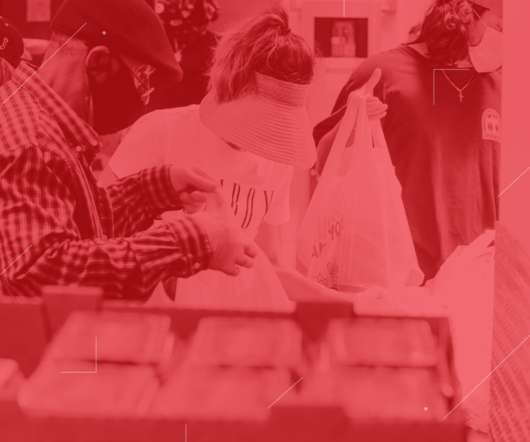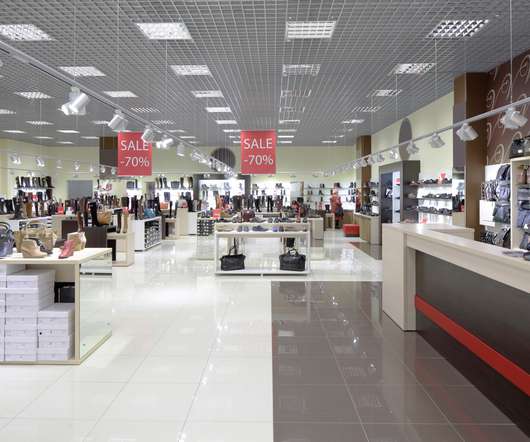2020 has Seen an Irreversible Change in Consumer Behavior; Now is the Time to Adapt
Retail TouchPoints
DECEMBER 31, 2020
2020 has been an exceptional year for the retail sector, with all businesses having to rapidly adapt in some way or another. Such a time of upheaval has led to a permanent, irreversible change in consumer behavior as shoppers embrace the convenience and security of ecommerce more readily. There is much for retail organizations to do to make themselves resilient to the incoming challenges, but enhancing omnichannel capabilities and building powerful ecommerce experiences will be crucial.




















Let's personalize your content